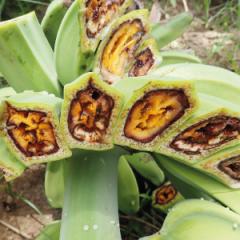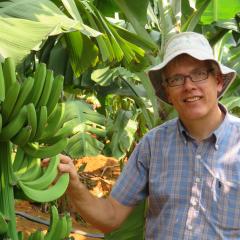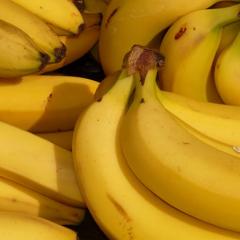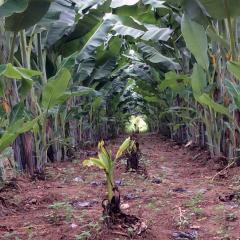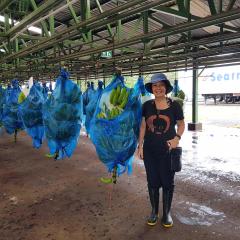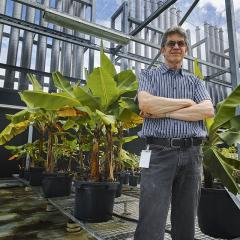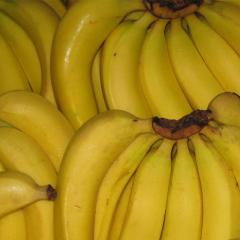The world’s most popular banana variety “Cavendish” is not the result of a breeding program but a banana variety found by a prehistoric farmer in a rainforest in Asia.
Ever since Cavendish has been vegetatively propagated using small suckers sprouting from the base of the mother plant, and more recently tissue culture processes, to form the basis of our global banana export industry.
Over 40 per cent of bananas grown globally belong to this single variety.
Within Australia over 95 percent of the bananas grown in commercial plantations are of the Cavendish variety.
The majority of banana production is located in north Queensland, which produces more than 95 percent of Australia's bananas with a Gross Value of Production close to $600 million.
Although farmers select for shorter plants and better bunch characteristics, over time there has been no significant genetic gain in the global banana industry.
The cultivation of a single variety on a global scale has given rise to a very high level of genetic vulnerability.
The Cavendish variety is under threat from a range of fungal diseases, most notably, Black Sigatoka and Fusarium Wilt Tropical Race 4 to which it has no resistance.
Black Sigatoka has spread widely and nearly a third of the cost of growing Cavendish concerns the control of this disease using fungicides which in some countries are applied on a weekly basis.
Luckily, Australia is free from Black Sigatoka.
The other disease, Fusarium with TR4, is spreading across the world and is present in North Queensland where it is under active containment since it was first identified 2015.
The most obvious solution to these problems is to breed bananas which are resistant to these diseases but this is easier said than done.
The first problem is that the bananas we eat are sterile resulting from fruit formation without fertilization.
Cavendish bananas are also triploid and both male as well as female sterile. In contrast wild bananas are diploid and produce lots of seed making them unsuitable for consumption.
Native or wild bananas of different Musa species or subspecies occasionally fertilise each other and then you end up with an infertile fruit lacking seed and they are the ones we can eat.
It's similar to how you produce a mule from a horse and a donkey, where the offspring is sterile.
The second problem is that there have not many fundamental genetic studies studies done on bananas, despite that it is one of the top ten food crops in the world today.
In terms of other crop industries, bananas are still in the pre-domestication phase and can be considered as an orphan crop suffering from a fertility crisis.
Very little basic research had been done on banana, which was typical for crops growing by small holders in the tropics.
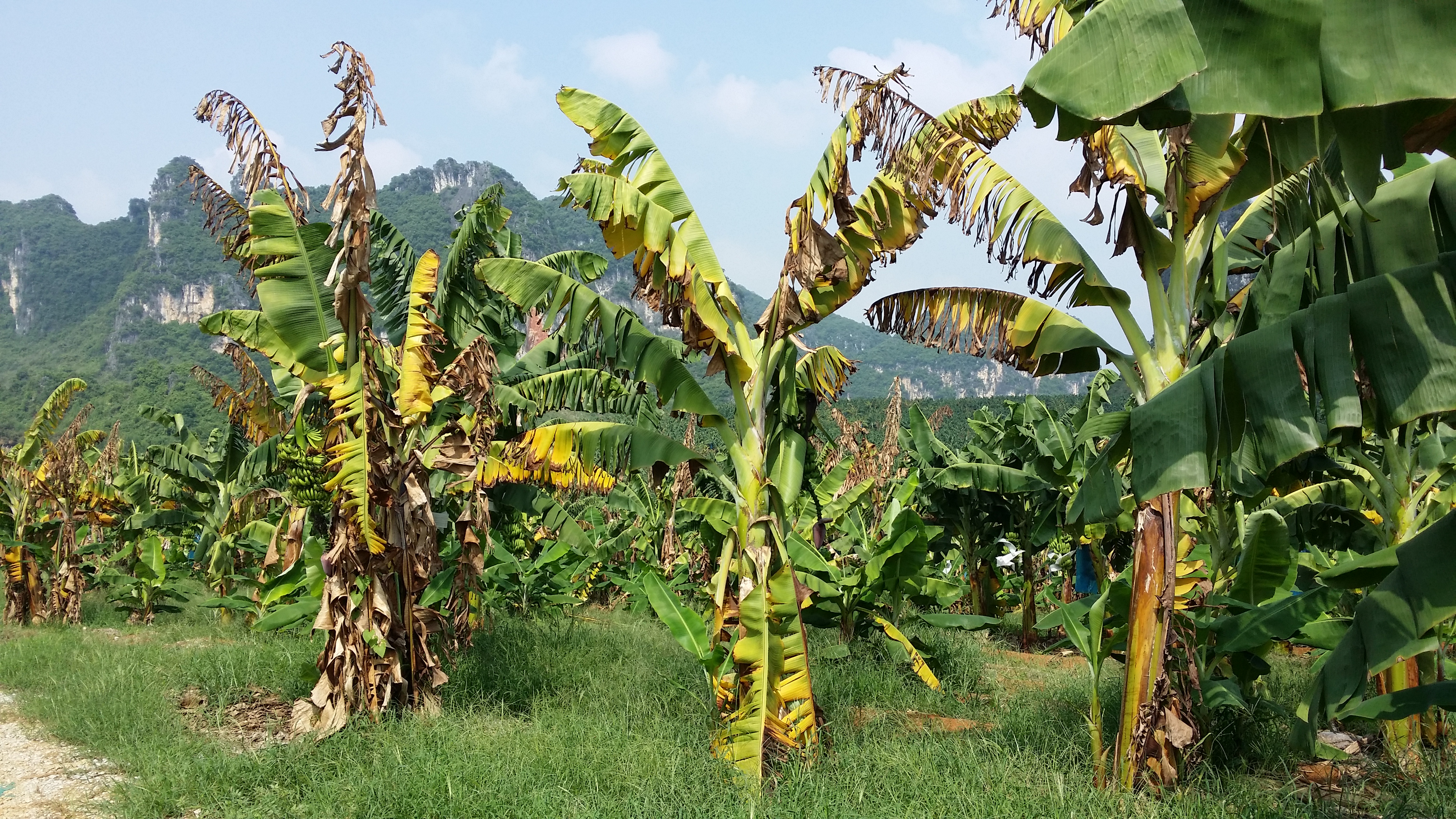
We have not really domesticated bananas, we're just using material from the wild still. Although there is a lot of diversity within the Musa genus, very little as yet has found its way in the hands of the banana consumer.
Genetic improvement is needed to be able to effectively control plant diseases which threaten the cultivation of the Cavendish banana.
After a century of plant breeding, less than five per cent of the world bananas actually come from a breeding program.
To investigate the reasons behind this situation and the challenges involved in developing new banana varieties – together with Professor Gert Kema from Wageningen University – I have edited a book on “Germplasm and genetic improvement” of bananas which was recently published by Burleigh-Dodds in the United Kingdom.
This Volume is part of three part Achieving Sustainable Cultivation of Bananas series.
The first volume in the series published in 2018 was on banana cultivation techniques and the second volume published in 2020 deals with germplasm and genetic improvement. Volume 3 will cover diseases and pests of banana.
Volume two of the Achieving Sustainable Cultivation of Bananas aims to cut across boundaries of botany, taxonomy, genetics, floral biology, molecular genetics, cytogenetics, genetic modification and plant breeding.
A lot of information is scattered among hundreds and hundreds of research papers, so what we try to do is what I call ‘write what needs to be written’.
It’s really about bringing all these diverse issues together and identify key trends in a single easy to understand format.
The book contains information relevant for banana researchers, industry leaders and investors.
Contact: Professor André Drenth Tel: +61 7 3443 2460 Email: a.drenth@uq.edu.au , Margaret Puls, QAAFI Communications Mob +61 0 419 578 356, qaaficomms@uq.edu.au
The Queensland Alliance for Agriculture and Food Innovation is a research institute at The University of Queensland, established with and supported by the Queensland Department of Primary Industries.


